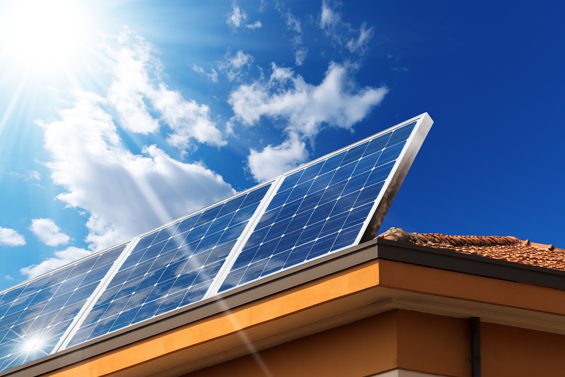Solar Inverter Problems and Solutions
A solar inverter for a PV system is the most critical piece of hardware that does the main job. It converts direct current (DC) into alternating current (AC). This device helps you to get electricity in the most important appliances when there is no power otherwise. But what if your inverter encounters some problems and thus doesn’t work properly? This could lead to several issues such as no lights, no microwave power and several others. Thus it is best to know the common inverter problems along with their solutions so that you can resolve the issues yourself.

How does a power inverter for a PV system work?
Before you dive into the troubleshooting process for a solar inverter, you must know how it works at first. Here is a simple explanation of how the inverter works to convert the DC energy from the panel into AC:
The energy from the solar panel will store on the battery directly from the PV cells from the roof. In this process, the inverter comes into work and converts the power type from DC to AC while storing on the battery. So, the process in simple math is, the DC power goes into the inverter from the panel. The inverter converts it into AC and stores it to the battery, ready for use. When you turn on the light, it draws the AC power from the battery through the inverter as well.
Here are the three common issues that you may face with a solar inverter after installing it:
Faulty installation of the inverters
As the solar inverters are supposed to serve you for years without any problem, they come sturdy enough to confront problems. However, that’s only when you’re installing it the right way, without any sort of faulty connection or yield. So, most of the internal problems with solar inverters happen because of incorrect installation in the first place. Before you hire someone to install or fix the inverter, make sure the installer is an expert with enough experience. Make sure everything is delivering the right power as the manufacturer refers to.
The inverter is beeping continuously
There are basically two reasons for inverter beeping on you: one is that you just ran out of battery, the other one is that you overloaded your inverter.
If you loaded your inverter above its rated capacity, there is a big chance that it will be a burden on the inverter and it will shut down on you. Your total load demand should not exceed the rating of the inverter and you should give it some room above it as well.
If your inverter is working at full load all the time, it could lead to lower efficiency and performance. It could also fail sooner. This also goes for the cheap inverters, which usually cannot keep up with more than 80% of the rated capacity load.
When the inverter is overloaded and the light starts flashing (usually accompanied by a consistent beep), the first thing to do is to unplug or shut down all the unnecessary equipment! After that press the reset button (if it has one) or disconnect power and connect again.
Inverter is overheating
Overheating issues are one of the most common problems with solar inverters, which isn’t a good sign of service. The high temperature in the inverter may affect the overall service and energy production badly. Even the production may stop the system if the heat reaches the maximum operable temperature. The best way to address the temperature problem is to check for ventilation regularly. If you’re setting the inverter in a closed room, make sure the room has adequate ventilation to keep it cool. Depending on the type and size of the inverter, you have to give it a good cooling technology as well. You can set up cooling fans in the switch cabinet and make an airflow pattern for the best result.
Now that you know the various common inverter problems and their solutions, you can solve the issues yourself at home. However if the problem is beyond your comprehension, then you can contact a professional for inverter not working.



































































































